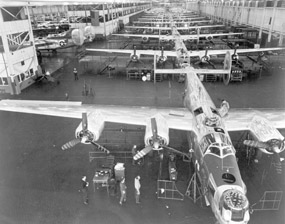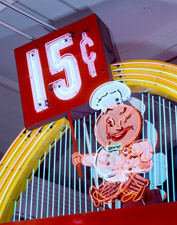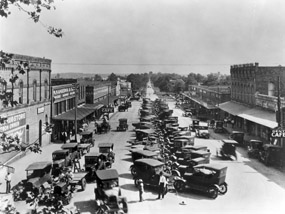What flowed from Ford’s bold automotive and manufacturing innovations was more than an endless stream of Model Ts—it was the very foundation of the twentieth century. It is not surprising, then, that in 1999 an international group of automotive writers and historians named the humble Model T, “The Car of the Century.”
The assembly line system developed for Model Ts became the century’s characteristic production mode, eventually applied to everything from phonographs to hamburgers. High wage, low skilled factory jobs accelerated both immigration from overseas and the movement of Americans from the farms to the cities. The same jobs also accelerated the movement of the same people into an ever expanding middle class. Higher wages allowed workers to buy the goods they produced, including cars. In a dramatic demonstration of the law of unintended consequences, the creation of huge numbers of low skilled workers gave rise in the 1930s to industrial unionism as a potent social and political force. The Model T spawned mass automobility, altering our living patterns, our leisure activities, our landscape, even our atmosphere. Finally, mass automobility meant that everywhere there was crude oil in the ground, from the Permian Basin to the Persian Gulf, there was a potential for wealth and conflict.
 |
 |
The assembly line principle proved to be amazingly adaptable. Converted to war production in the 1940s, assembly lines contributed mightily to the Allied victory. During World War II, Ford engineers created a vast new factory at Willow Run, Michigan where two lines turned out B-24 bombers. When the McDonald brothers could not keep up with demand for their hamburgers, they revamped the kitchen in their original drive-in and created a burger assembly line, now replicated in McDonald’s restaurants all around the world. ID.THF24895 and THF17526 |

|
 |
| By 1920, the Model T had transformed life in small towns like Henderson, Texas. A decade earlier, the main street would have been lined with farm wagons and buggies pulled by horses or mules. ID.THF24982 |
The Model T’s effect on our lives didn’t end when the car itself went out of production in 1927. After World War II suburbs like this one spread across the country, made possible by the mass automobility touched off by the Model T. ID.P.833.82203.13 |
|